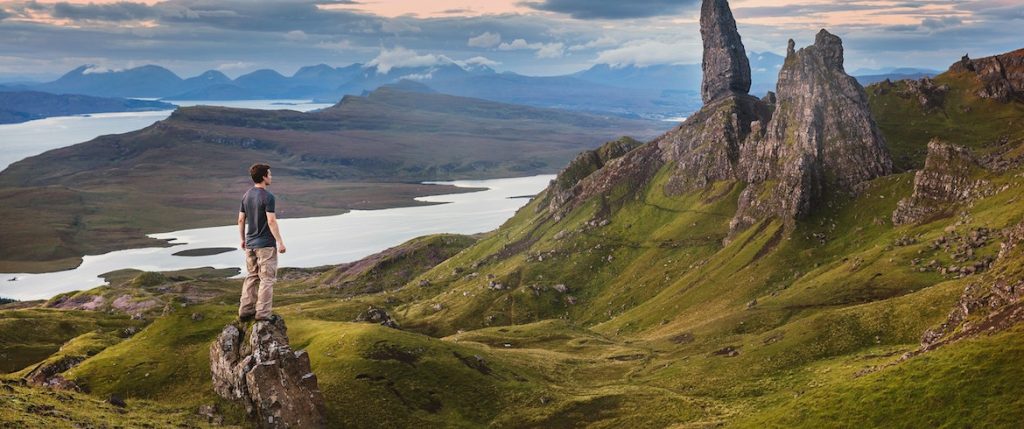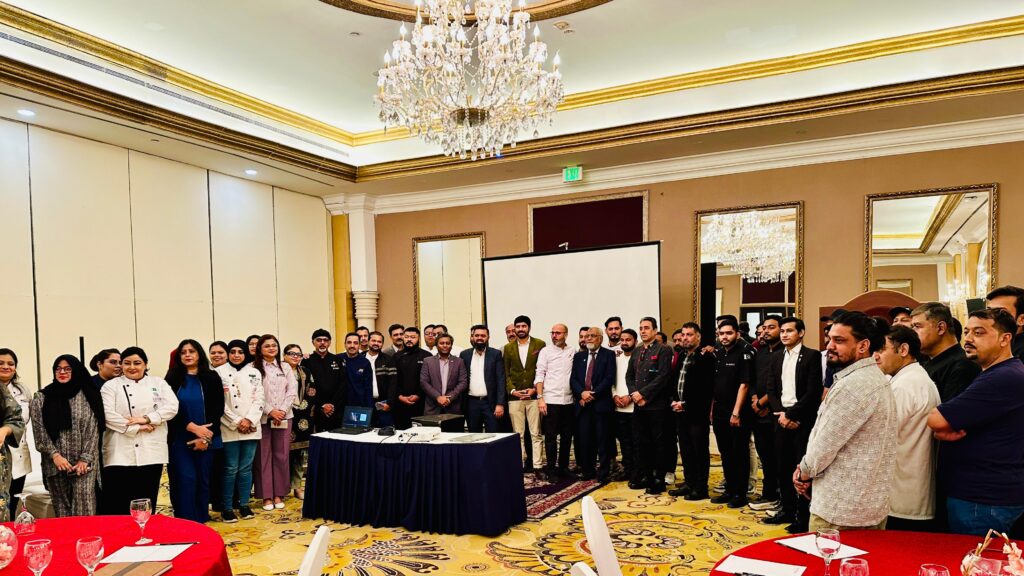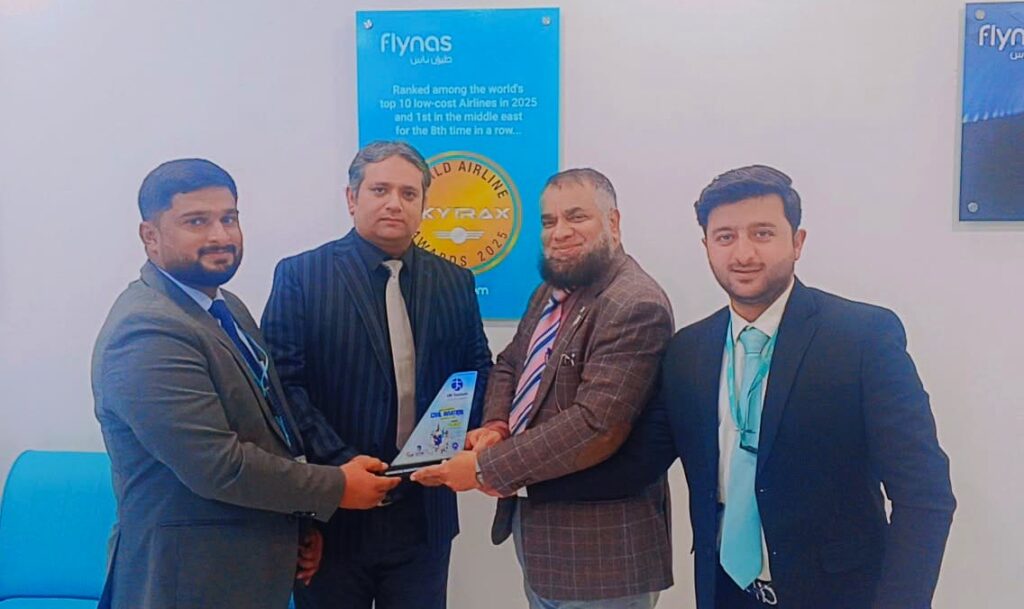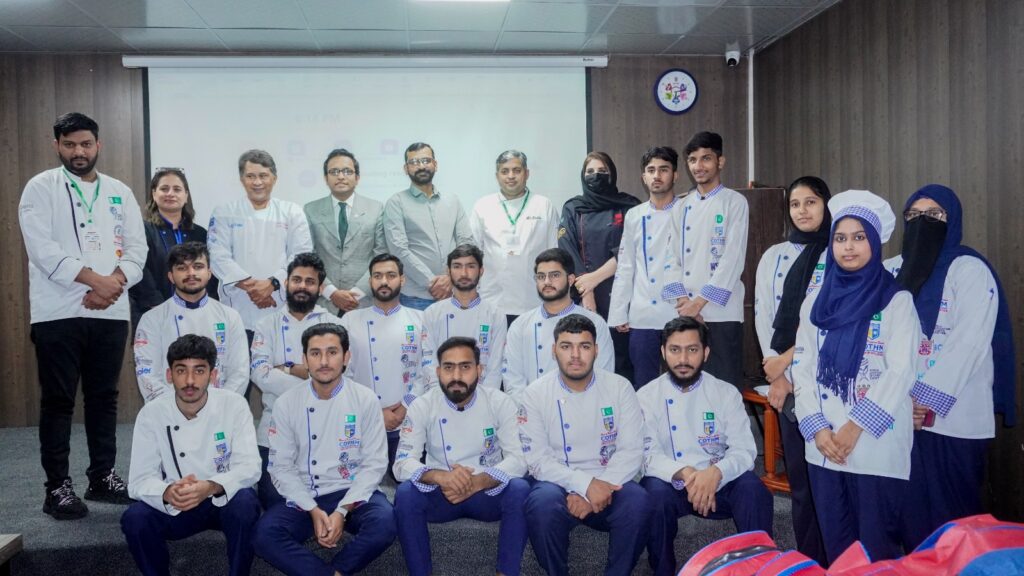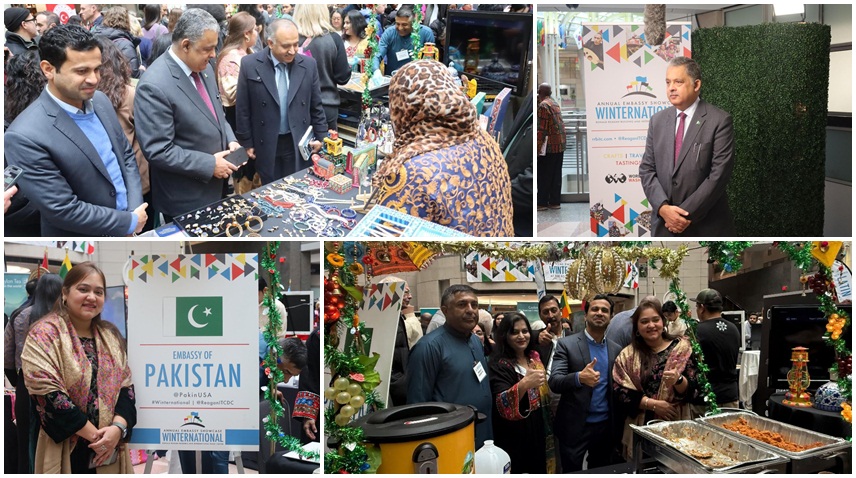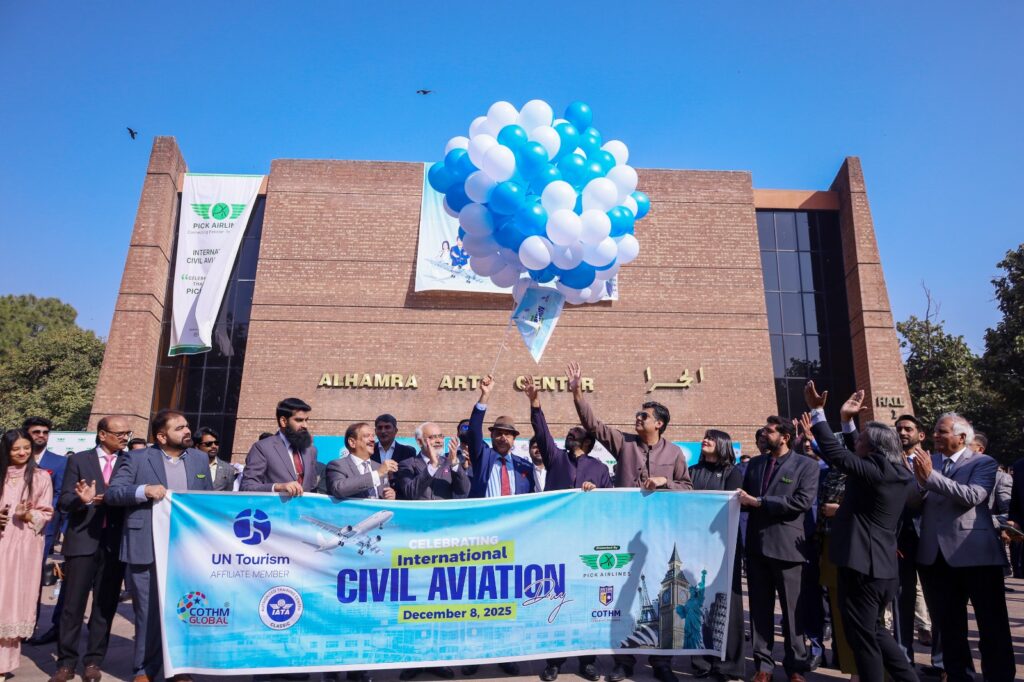Every industry has trends and innovations — the tourism industry is no exception. In a rapidly-evolving landscape, new trends are appearing and taking hold all the time. Changing demographics, advances in technology, shifting social mores: these influences and others all help give rise to important new tourism trends. To find out about 13 of the top tourism trends to watch, read on.
1. Solo Travel
Enjoying a solo trip is no longer so unusual and tourist trends increasingly reflect this. The needs of solo travellers are diverse. Some simply want to travel without the distraction of a companion. Others are young singles looking for social activities or to find a partner. Some widowed seniors even use long-term hotel stays or cruises as a luxurious alternative to conventional elder care. These tourism trends are set to grow and grow.
2. Eco Travel
Eco travel is reflecting a growing concern among today’s travellers for ethical and sustainable tourism options. Eco travel includes simple changes, such as the availability of carbon credits when booking a flight or the option to rent an electric instead of a conventional vehicle. More sophisticated examples might include tourism with a volunteer element, perhaps working on a nature reserve or engaging in conservation work.
3. Local experience
From enjoying local cuisine to celebrating regional festivals and holidays, local experiences are set to become some of the top tourist trends to watch. One example of a popular local experience would be visiting Japan during a major festival, renting formal Japanese clothes to wear, consuming regional delicacies and engaging in traditional games or cultural activities. Another might be a long stay with a host family in the destination country as a means to learn more about the local culture.
4. Personalisation
In marketing tourism more effectively, personalisation can apply to every aspect of the tourist experience. Today’s consumers expect experiences that closely match their personal preferences, from destinations to accomodation and the kinds of activities they’ll engage in. The more closely an experience can be tailored to a client’s desires and expectations, the more likely they are to return and to use the same service again.
5. Bleisure Travel: A Millennial Tourism Trend
As the tourism sector attempts to woo a more frugal customer base, however, the concept of bleisure travel has become increasingly relevant among tourism trends. Bleisure travel tourism can take many forms. Sometimes a client who is travelling for work decides to engage in tourism on their downtime; in other cases, a company may arrange for tourist activities on work trips as a perk. Another increasingly popular set of tourism trends relate to the “digital nomad” phenomenon where online workers engage in travel.
6. Robots, chatbots and automation
Hotels have got in on the robot-staff trend, installing interactive robots to handle certain reception duties or even having them serve food and drink to visitors. This kind of novelty application, however, is far from the only one. Many customers now book their travel and accommodation with the help of internet chatbots, specifically tailored artificial intelligence that can handle queries and assist customers with useful information when human operators are unavailable.
7. Artificial intelligence
Artificial intelligence is becoming increasingly important to the tourism industry. Machine learning technology is now firmly entrenched in the marketing of the tourism sector, with artificial intelligence helping to personalise the experience of finding and booking tours and trips. Artificial intelligence is also getting increasingly valuable in contexts such as smart hotel rooms, identifying the likely needs of guests and fine-tuning the environment and services to fit the guest’s needs and preferences.
8. Recognition technology
Recognition technology is one of those increasingly important travel and tourism trends which are starting to creep into a multitude of different areas. One of the most familiar applications of recognition technology for a frequent traveller is the bank of automatic gates at some borders. The gates are capable of reading the data on the traveller’s passport or ID card and matching it to their face using a camera and facial recognition technology. Recognition technology is one of the big tourism trends in the hospitality industry too, with voice recognition becoming more and more popular as a method of control in smart hotel rooms.
9. Internet of things (IoT)
The IoT is relevant to many tourism trends. IoT devices are gadgets equipped with a microprocessor and some form of digital connectivity, allowing them to connect to, and be controlled from, the internet. IoT devices include heating and cooling systems, entertainment systems and other items often found in a hotel room, giving rise to “smart” hotel rooms. The IoT is also used to integrate services in a hospitality setting, for example by allowing guests to book activities (a session in the hotel’s spa, swimming in the pool, training in the gym etc) or request such things as room service or extra linen via a hub or a smartphone application.
10. Virtual reality
Virtual reality (VR) technology offers many opportunities for tourism management. Tourism trends involving VR include high-end entertainment applications, some of them combining physical elements like controllers or movable seating and platforms. Sports simulators are increasingly popular, ranging from virtual baseball and other familiar sports to extreme sports such as skiing or snowboarding. Many extreme activities can also be simulated using VR, such as hang-gliding and other adventures. VR can also allow tourists to “visit” destination that are too fragile for physical tours, such as archeological sites: structures can be recreated in VR and tourists can enjoy the experience of walking around them unimpeded.
11. Augmented reality (AR)
Augmented reality combines real-world experiences and virtual elements. A familiar example would be the smartphone game Pokémon Go, where imaginary creatures are superimposed on real-time footage of the player’s environment. In the tourist industry, this is obviously very useful: instead of fantasy monsters. AR smartphone apps can show tourists information about the area they’re exploring. This could be historical details about buildings and landmarks, or listings and menus for entertainment venues and local eateries.
12. Healthy and organic food
Healthy food and the kind of fare consumed by tourists used to be antonyms in the minds of many travellers, with holidays traditionally representing a chance to break one’s diet and indulge in forbidden treats. Today’s travellers know that delicious and nutritious are not exclusive concepts. Demand for excellent cuisine with a view to better nutrition is driving new tourism trends. The modern tourist wants to know that the food they’re eating is as healthy as it is delicious.
13. Customer Experience
Of course, the customer experience has always been central to the tourist industry. With new technologies and an ever-broadening array of options for tourists, enhancing the customer experience has never been more vital. In the final analysis, customer experience is what will make or break your business. Fine-tuning the experience can make the difference between creating a loyal repeat customer who boosts your business via word of mouth, and one who drops out at the booking stage. Everything from the web interface where your clients book their trips to the very last day of their journey needs to be as enjoyable as possible.
https://www.revfine.com/tourism-trends/

